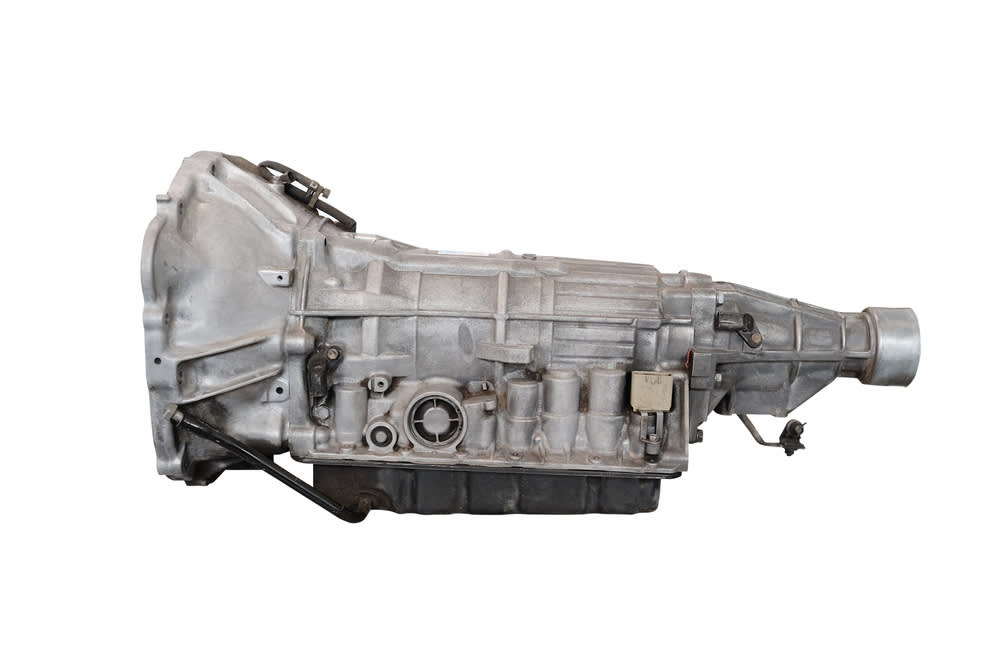You have a Bad or Failing Transmission Speed Sensor when.....
You have harsh or improper shifting; mostly, these are the signs of sensors and signal components not per say your actual transmission.

The transmission speed sensors are used to calculate the actual gear ratio of the transmission while in use. There are generally two speed sensors that work in conjunction to provide accurate transmission data to the vehicle’s powertrain control module. The first is known as the input shaft speed (ISS) sensor. As described, this sensor is used to monitor the speed of the transmission’s input shaft. The other sensor is the output shaft speed (OSS) sensor. If either of these two sensors falls out of alignment or experiences electrical issues, it impacts the operation of the entire transmission.
After registering data, the two transmission speed sensors, also commonly referred to as a vehicle speed sensors (VSS), send data to the powertrain control module (PCM), which compares these two inputs and calculates which gear the transmission should engage for efficient driving. The actual gear ratio is then compared to the desired gear ratio. If the desired gear and the actual gear do not match, then the PCM will set a diagnostic trouble code (DTC) and illuminate the Check Engine Light.
Should either or both of these speed sensors fail, you may notice one or more of the following 2 issues:
1. Harsh or Improper Shifting
Without a valid speed signal from these sensors, the PCM will not be able to correctly control the shifting of gears within the transmission. This may cause the transmission to shift roughly or more quickly than normal. It's also common that a problem with these sensors can impact the shift timing, extending the interval between transmission shifts. An automatic transmission is hydraulically controlled and designed to shift smoothly. When the transmission shifts hard, it can damage internal components including valve bodies, hydraulic lines, and in some cases mechanical gears. If you notice your transmission is shifting harshly or roughly, your should contact a local ASE certified mechanic as soon as possible. For more go to original article by Timothy Charlet at http://bit.ly/2okeZuo
- Get link
- X
- Other Apps
- Get link
- X
- Other Apps
Comments
Post a Comment